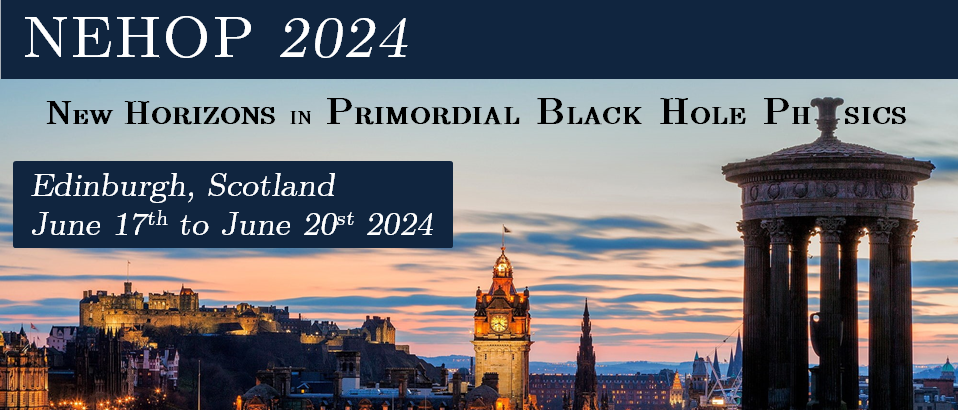Speaker
Description
When investigating primordial black hole (PBH) formation scenarios, a central question is to characterise their initial clustering, which then determines their subsequent clustering evolution throughout cosmic history. In this talk I will present how top compute PBH clustering in the presence of non-perturbative non-Gaussianities, making use of the stochastic- $\delta N$ formalism. To this end, I will show how to derive the two-point statistics of the curvature perturbation in stochastic inflation, consistently including volume-weighting effects. Due to the presence of exponential tails, the joint distribution of large fluctuations is of the form $P(\zeta_{R_1}, \zeta_{R_2}) = F(R_1,R_2,r) P(\zeta_{R_1}) P(\zeta_{R_2})$, where $\zeta_{R_1}$ and $\zeta_{R_2}$ denote the curvature perturbation coarse-grained at radii $R_1$ and $R_2$, around two spatial points distant by $r$. This implies that, on the tail,the reduced correlation function, defined as $P(\zeta_{R_1} > \zeta_{\mathrm{c}},\zeta_{R_2} >\zeta_{\mathrm{c}})/[P(\zeta_{R_1} > \zeta_{\mathrm{c}})P(\zeta_{R_2} > \zeta_{\mathrm{c}})] − 1$, is independent of the threshold value $\zeta_{\mathrm{c}}$. This contrasts with Gaussian statistics where the same quantity strongly decays with $\zeta_{\mathrm{c}}$, and shows the existence of a universal clustering profile for all structures forming in the exponential tails. Structures forming in the intermediate (i.e. not yet exponential) tails may feature different, model-dependent behaviours.

